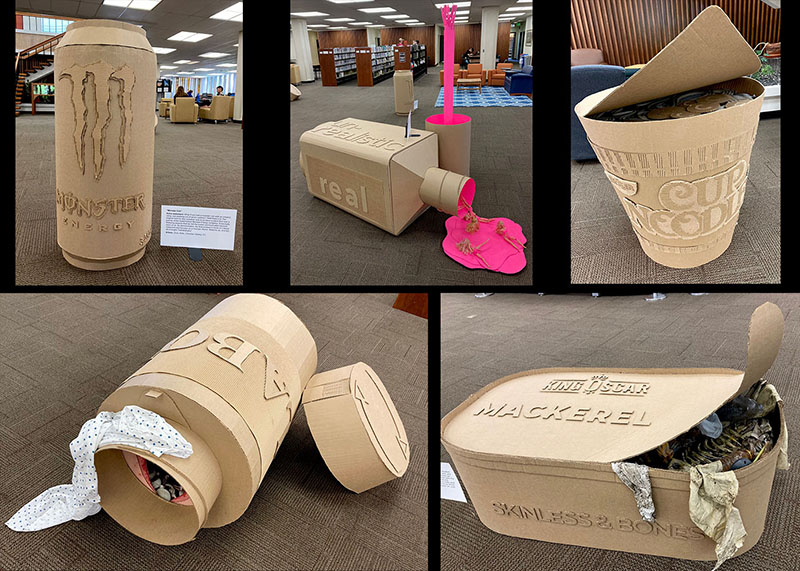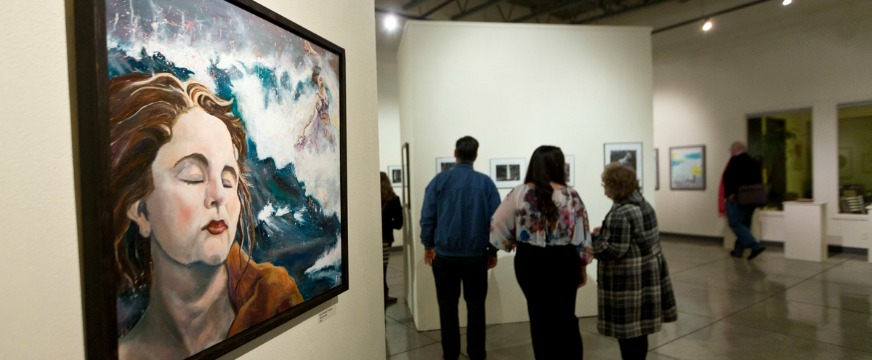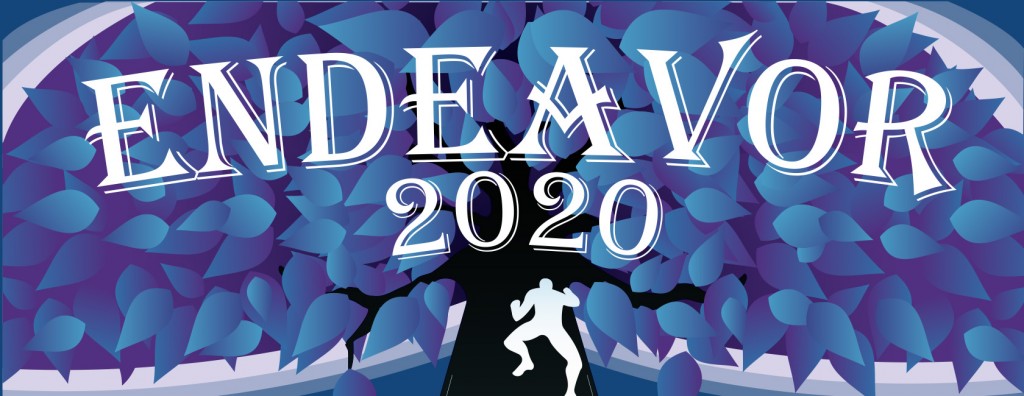Page 2 • (74 results in 0.033 seconds)
-
Art software has applications across campus It looked like a photograph of a cell phone sitting on a table, only it wasn’t. The image wasn’t real at all. It was created using a 3-D digital modeling tool called Rhinoceros Software , Rhino for short. Created…
jewelry design, to rapid prototyping and graphic design. At PLU, an obvious use of the software is in sculpture classes. Artists typically construct a scaled-down, 3-D model of their sculpture first in cardboard or clay, but editing the model is labor-intensive, Ebbinga said. In Rhino, artists can create the model and easily make adjustments. The software can also be used in math courses. Ebbinga is currently collaborating with associate math professor Daniel Heath, who studies complex knots. The
-
student art news for Pacific Lutheran University.
Socially Distant Ceramics Class Over the summer, professors and staff prepared for the unfortunate reality that many parts of classes would need to be conducted remotely. Kits were prepped and picked up by local students and mailed to those further afield. Thankfully, our sculpture studio has a high level… October 29, 2020 3D artceramicsstudent art
-
Our Thirsty Planet The 2012 symposium addressed the theme of water - a resource we are over-exploiting and over-using and yet the very resource upon which we must depend to survive.
campus community and the broader Puget Sound community to engage individuals of international, national and local stature – from scholars and authors to business people and hands-on practitioners. The image being used on publicity material for this year’s symposium is of a life-size sculpture by the internationally acclaimed artist, Yinka Shonibare, MBE, ‘Headless Man Trying to Drink,’ 2005 Image © the artist and courtesy the artist and Stephen Friedman Gallery, London. The Wang Center and PLU
-

This exhibit of student work is based on an art class assignment in which students were given everyday objects and tasked with replicating and constructing forms using sheets and rolls of cardboard, self-adhesive paper tape, and hot glue. The project covered scale, mathematical reasoning, armatures,…
sculpture, we brainstormed connotations associated with a cup of noodles, specifically its cheapness and the poor quality of its taste. For the noodles, we utilized gray styrofoam tubing to display the disgusting, artificial quality of the noodles. The grayness of the noodles makes it appear that it’s rotting or sewage sludge. The brown pennies scattered across the noodles show how underpriced the food is. What you eat is what you pay for, in a sense. Our sculpture creates awareness of how unhealthy
-
ceramics news for Pacific Lutheran University.
Socially Distant Ceramics Class Over the summer, professors and staff prepared for the unfortunate reality that many parts of classes would need to be conducted remotely. Kits were prepped and picked up by local students and mailed to those further afield. Thankfully, our sculpture studio has a high level… October 29, 2020 3D artceramicsstudent art
-
After a long history of forced migration and union with other groups, the Yaka have been an independent society since the 19th century.
Learn More: Yaka Ndeemba MaskAfter a long history of forced migration and union with other groups, the Yaka have been an independent society since the 19th century. Living in the northern Congo, the Yaka are primarily hunters, although they also practice small scale farming. The tight-knit social system of the Yaka consists of a chief and his second in command who delegates to lineage chiefs. The Yaka are known for their masks, sculpture, and decorative everyday objects. Also, the
-

Take a walk through Ingram Hall on November 13 between 10 a.m. and noon, and you’ll see scurrying student artists framing prints, attaching hanging wires and putting the final touches on their creations. Artists will be arriving at the University Gallery to submit work to…
experience teaching book arts and related disciplines,Mare has a nuanced understanding of both two- and three-dimensional media, and she is already familiar with our students and their work in the studios. We’re very grateful for her generous help with this important event.” Works will range from printmaking, ceramics, sculpture, graphic design and painting, plus many more. The show runs November 19 – December 17 and is open Monday – Friday 8am – 4pm. Admission is always free. Read Previous Six students
-
With a population of about 300,000, the Bwa live in both Mali and Burkina Faso. The Bwa are governed by a council of elders.
mask. These dances in turn tell the story of the spirit represented in its assumed animal form. – Virginia Allred ’16, Psychology and Geoscience, April Nyquist ’09, Art, and Leesha Cessna ‘12, Anthropology Sources: “Art & Life in Africa.” University of Iowa, http://africa.uima.uiowa.edu/peoples/show/Bwa. Dagan, Ester A. Man and His Vision: The Traditional Wood Sculpture of Burkina Faso. Montreal, Canada: Galerie Amrad African Arts, 1987. Gold, Peter. “Stepping to the Timeless Dance.” African Arts
-

See all the projects and art that our Art and Design seniors have created.
, Graphic Design “Knock…knock…” This is Kiv@-@rt station; a little art station run by newbie artist Kim. She is from Vietnam and has settled down in T-town aka Tacoma, WA. She loves to create fun and subtle things, using her art to make her viewers happy.Portfolio Celeste JessopBA, Studio Art | Religion minor As soon as she could hold a pencil, Celeste showed an interest in art which grew into a fierce love for working with mixed media. Her favorite mediums include sculpture, ceramics, printmaking, and
-
Tacoma artist Matt Johnson, a visiting instructor in the Department of Art & Design, explores the details of everyday life in his upcoming exhibition. Join SOAC and the University Gallery for the opening reception of “Matt Johnson” with light refreshments Wednesday, October 12 from 5…
visual likenesses. The portrait paintings come from the theft of Johnson’s phone this summer when he realized he still has a very strong connection to these visual likenesses and tried to reclaim the stolen images on the phone as his. “I am trying to reconnect with family and friends on a more personal level again,” Johnson says. “This body of work has helped me to realize this need.” Johnson will showcase approximately 18 works. The exhibition will combine drawing, painting and small sculpture
Do you have any feedback for us? If so, feel free to use our Feedback Form.


